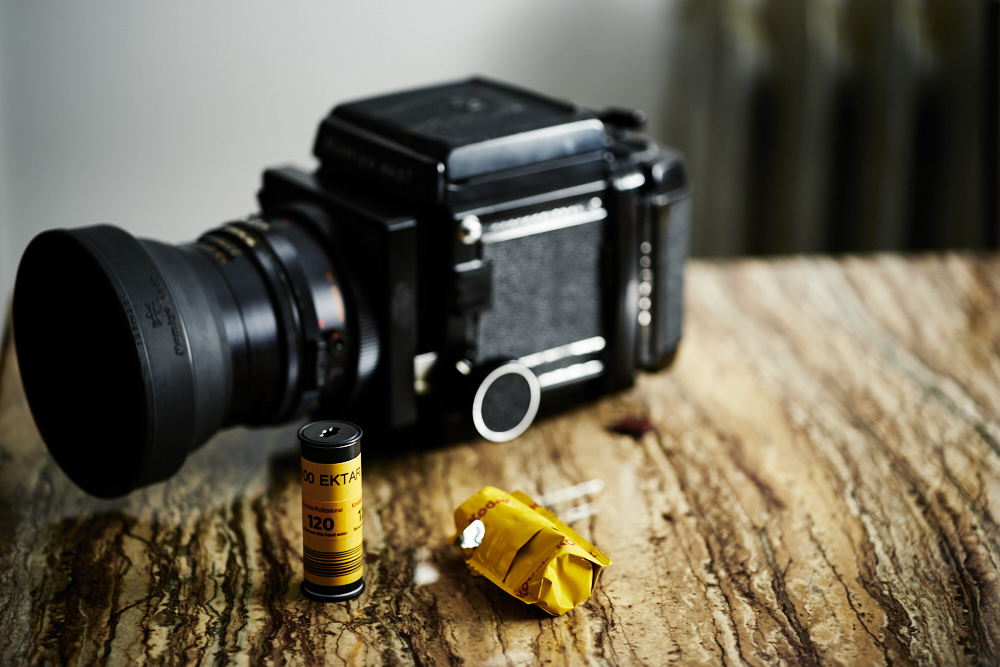Last Updated on 02/15/2018 by Mark Beckenbach
Kodak film isn’t necessarily what you think it is. Here’s an intro.
If you’re a photographer who only recently got into film, you’ll need to understand a number of things about Kodak. The once mighty company still makes and manufactures film but their coffers are nowhere as large as they used to be. Their selection of film is still fairly large, but nowhere near as big as it was during their prime. What’s more, many photographers don’t really know a whole lot about film – what it does, and how to work with it. So we’ve got a tutorial video just for you.
In this video, we do the rundown of all of Kodak’s current film emulsions: Tri-X, Portra, Gold, T-Max, and Ektar. Ektachrome we’re aware was announced but we haven’t gotten it in our hands as of the writing and production of this blog post. Photographers who think they can get the look of these films just by using a preset couldn’t be anymore wrong. What you often see are scans; and they tend to do their own color correction based on the preferences of the scanner and person doing the job. But if you went into a darkroom and tried to print the image yourself, you’re bound to get different results. Kodak Portra 160 and Portra 400, mind you, were designed to be scanned. Portra 800 though is one with more of a vintage feel and look to it.
We also find ways to relate it to digital photography such as with white balance, exposure, and all. Just because your formula is +3 exposure, a pretty girl and bokeh doesn’t mean you’ll get a film photo. There’s a ton of misinformation out there and this is designed to clear that up.
We hope you enjoy this video as we worked on it for an entire day and crammed a lot of information into its 20 minutes. Be sure to also subscribe to us on YouTube.


